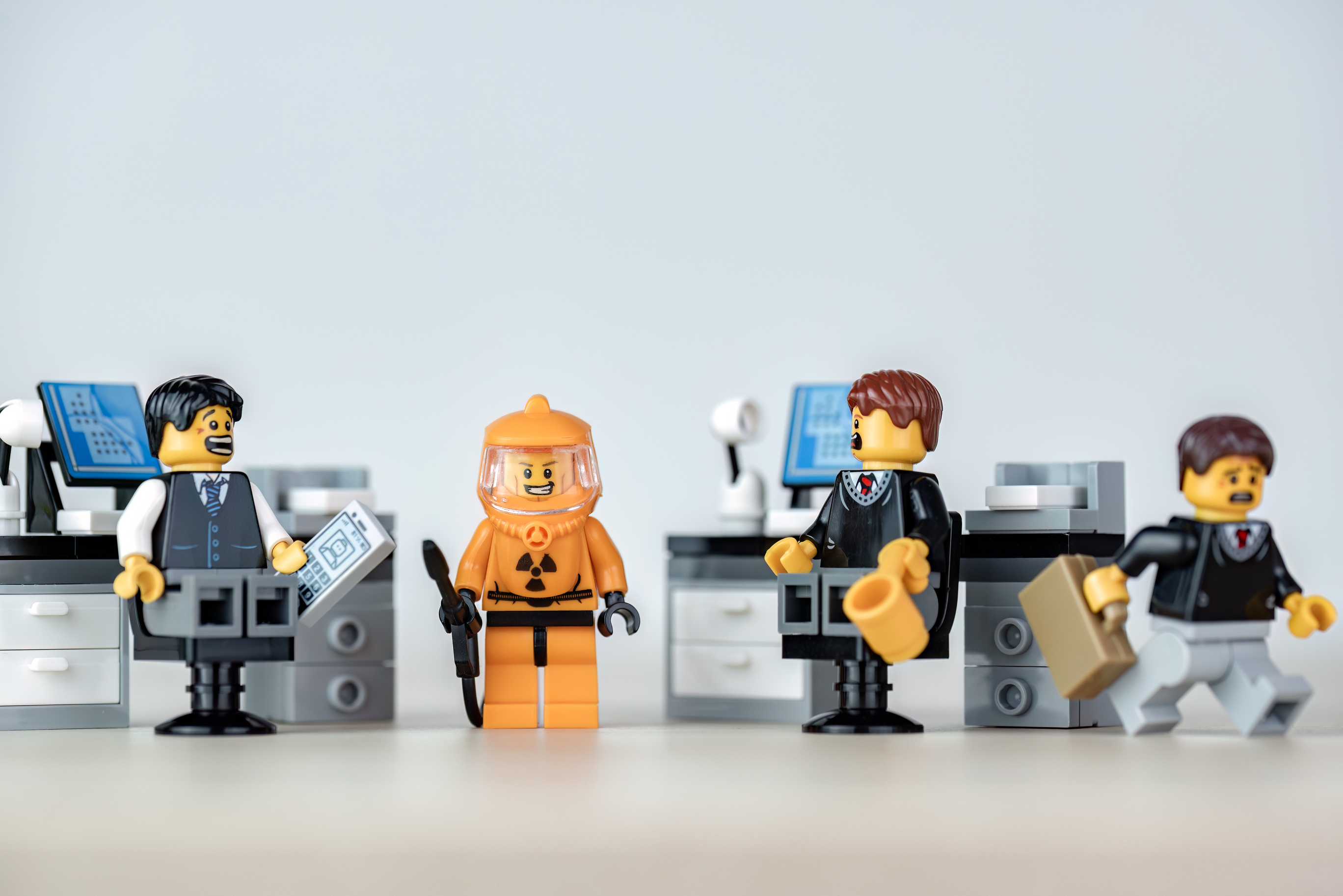Lego Mania
Written by Arbitrage • 2025-09-05 00:00:00

In recent years, Lego has experienced a remarkable surge in popularity - not just among children but also increasingly among adults. Their sales figures clearly tell the story: in the first half of 2025, Lego reported record-breaking revenue of 34.6 billion Danish kroner (roughly $5.43 billion), representing a 12% increase year-on-year. This far outpacing the global toy market's growth of around 7%. "It's the best first half [of a year] ever," Lego CEO Niels Christiansen told CNBC. "It's a record on revenue, a record on operating profit, it's a record on net profit... So, we are very happy." The brick maker launched 314 new sets during the first six months of the year, which was another record high. Lego's momentum is not new; in 2024, the company's revenue rose 13% to DKK 74.3 billion, or about $10.85 billion, even as competitors like Mattel and Hasbro struggled. "When you look at toy sales, Lego has just been driving all the growth in the industry," said Eric Handler, managing director at Roth MKM. Adults have become a major driving force behind Lego's recent growth. In the fourth quarter of 2024 alone, toy sales to adults surpassed $1.5 billion, and in Europe, adults now account for nearly one-fifth of all toy purchases.
Several factors explain why Lego has captured the adult imagination so successfully. In 2020, the company made a deliberate shift toward adult-focused products by launching sets labeled 18+, designed to be more challenging, sophisticated, and visually striking. These include massive builds such as the Star Wars Millennium Falcon, the Titanic, and the Eiffel Tower, as well as display-worthy collections like the Botanical line, which has proven especially popular. Collaborations with powerful cultural franchises such as Harry Potter, Jurassic Park, Formula One, and Pokemon have further cemented Lego's appeal to older fans who already have a nostalgic attachment to the brand and its stories.
Nostalgia has played a central role in the trend. Many adults rediscovered Lego during the pandemic, turning to building as a source of comfort, mindfulness, and stress relief. Psychologists have noted the therapeutic aspects of repetitive, hands-on play, while fans often describe the satisfaction of completing intricate builds as similar to meditation. This sense of creative escape has given rise to what is commonly called the AFoL community - adult fans of Lego - who connect through conventions, online forums, and social media. Events like Brickworld and BrickFair showcase the artistry and ambition of these builders, some of whom create large-scale displays that push the boundaries of what Lego bricks can do. The television show Lego Masters and targeted campaigns have further normalized Lego as a legitimate adult pastime.
Experts point to Lego's adaptability as a key reason that its adult fan base has grown so rapidly. CEO Christiansen has highlighted the company's ability to keep half of its annual portfolio fresh by introducing new sets and themes, ensuring that even longtime fans always have something new to look forward to. Analysts emphasize that Lego has proven not just resilient, but even inflation-proof, because its premium adult sets appeal to consumers who are willing to pay higher prices for quality and exclusivity. While an $850 Millennium Falcon might seem extravagant, it appeals to collectors in the same way that high-end sneakers or limited-edition art pieces do.
In addition to releasing new sets, Lego opened 24 new brick-and-mortar stores globally during the first six months of the year. The company has been opening more physical retail locations in areas that did not grow up with the iconic multi-colored bricks, including countries such as China and India. Having a physical store where kids and adults can get their hands on Lego and see the available sets helps bolster sales. Lego also opened a $1 billion factory in the industrial area of Binh Duong, close to Ho Chi Minh City, in Vietnam earlier this year. (This is Lego's sixth factory and its second one in Asia.) Lego reports that this factory will make toys without adding planet-warming gas to the atmosphere by relying entirely on clean energy. This is part of Lego's target of reducing emissions by 37% by 2032. Lego also has planted 50,000 trees - twice the number of the trees it cut to clear land for the factory. This new location is the first Lego factory to replace single-use plastic bags with paper bags for packaging.
Still, questions remain about the long-term sustainability of the adult Lego trend. Economic downturns could put pressure on discretionary spending, and the novelty of elaborate builds may wane for some consumers. Competition from digital entertainment and gaming continues to be strong, although Lego has hedged its bets by expanding into these spaces through partnerships and licensing deals. Yet the broader cultural and demographic trends suggest that Lego's momentum is more than just a passing fad. Millennials and Gen Xers, who grew up with Lego, are now at an age where they have the disposable income to indulge in hobbies, and many are introducing the brand to their children as well, creating a cycle of multigenerational engagement.
Fans themselves are optimistic. AFoLs often speak of Lego as both a creative outlet and a community, while industry observers see the brand as unusually well-positioned to thrive in an unpredictable market. The company's blend of nostalgia and innovation has created a phenomenon that transcends childhood. Brick by brick, Lego has grown into something much larger than a toy; it has become a lifestyle, and one that appears poised to endure well into the future.